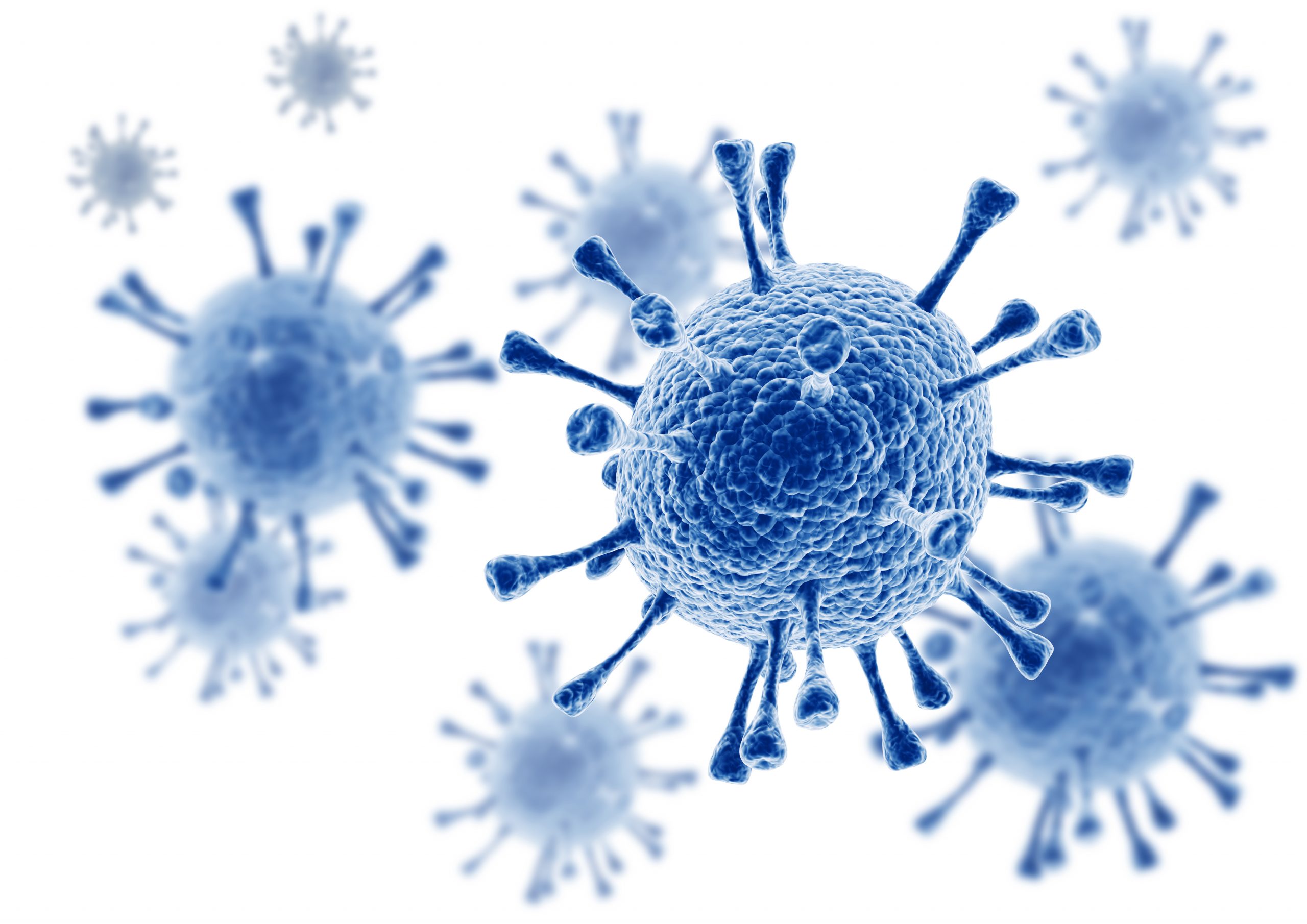Honeybee Viruses: Can They Transfer Between Species?
April 15, 2016
Bee Colony Collapse, Honey Bees
The desperate situation for global honeybee populations has left many researchers, scientists, and even political leaders worried about how they can possibly support the world’s growing population and its food demands with collapsing bee colonies everywhere. There have been many studies performed to understand the origins of Colony Collapse Disorder (CCD) and how to possibly stop it, and at this point it is only understood that many factors contribute to these collapses and heightened bee mortality.
Among these factors are pesticides, a lack of nutrition, and viruses, but in spite of being up against so much, researchers do have good news to calm CCD fears. As a recent study discovered, we now know that interspecific transfers of viruses between western and eastern honeybees are incredibly rare, even when those bees are kept in close proximity. A small glimmer of hope, but hope nonetheless for the overall survival of the pollinators we rely and depend on for food and honey production.
As stated previously, it’s widely understood that viruses play a significant role in honeybee health, although few studies have ever investigated interspecies transfer. This most recent study, published in the Journal of Apicultural Research, monitored single and mixed-species colonies, featuring western and Asiatic bees, over the course of three years to investigate virus prevalence and any interspecies transmissions. This was done with the understanding that western honeybees have been largely isolated from other species for millions of years and have adapted to completely different endemic pathogens and parasites than Asiatic bees—much like the Europeans and Native Americans in the 1600s and the quick spread of smallpox through populations with no smallpox antibodies.
This study, which took place in the Zhejiang Province of China, watched for deformed wing virus (DWV), Israeli acute paralysis virus (IAPV), and black queen cell virus (BQCV), all of which could be found in that particular province and therefore in the study’s monitored colonies. The Asiatic bee colonies generally had fewer viral infections than the western bee colonies, given their natural resistance to that environment’s pathogens. The mixed colonies, however, showed low prevalence of these viruses, and researchers couldn’t find evidence of “recent or frequent transfers” between the two species, suggesting that such exchanges do not happen often, and close proximity doesn’t necessarily lead to the transfer of viruses.
One of the study’s authors, Vincent Dietemann, said these results were “surprising. Given the labile nature of viruses, one could expect easy transmission between the closely related honeybee species. However, the apparent rarity of such transfers is certainly good news for global apiculture, given the already too numerous foreign pathogens spreading due to trade.” Because viruses are unable are broach the genetic differences between honeybee species, this means fewer chances of epidemic level outbreaks within honeybee populations and considerably less risk to the hurting pollinators while researchers get even closer to a solution for CCD.


.jpg)




